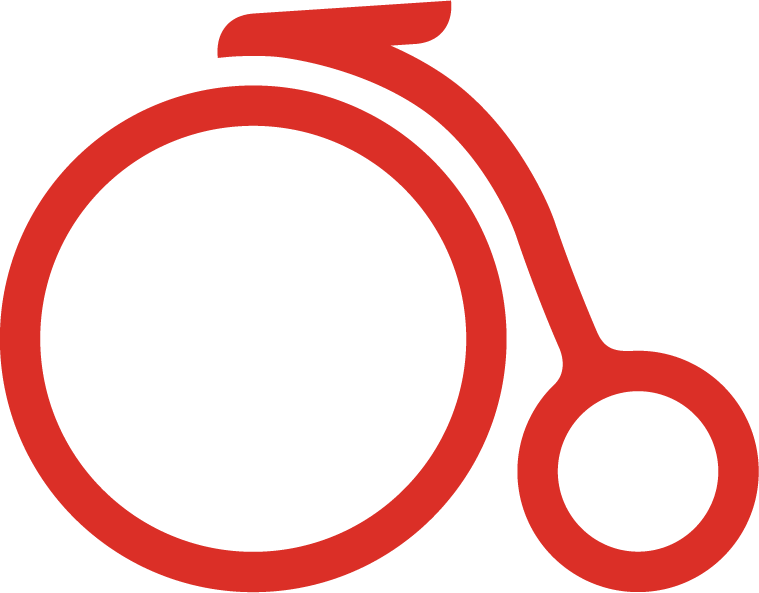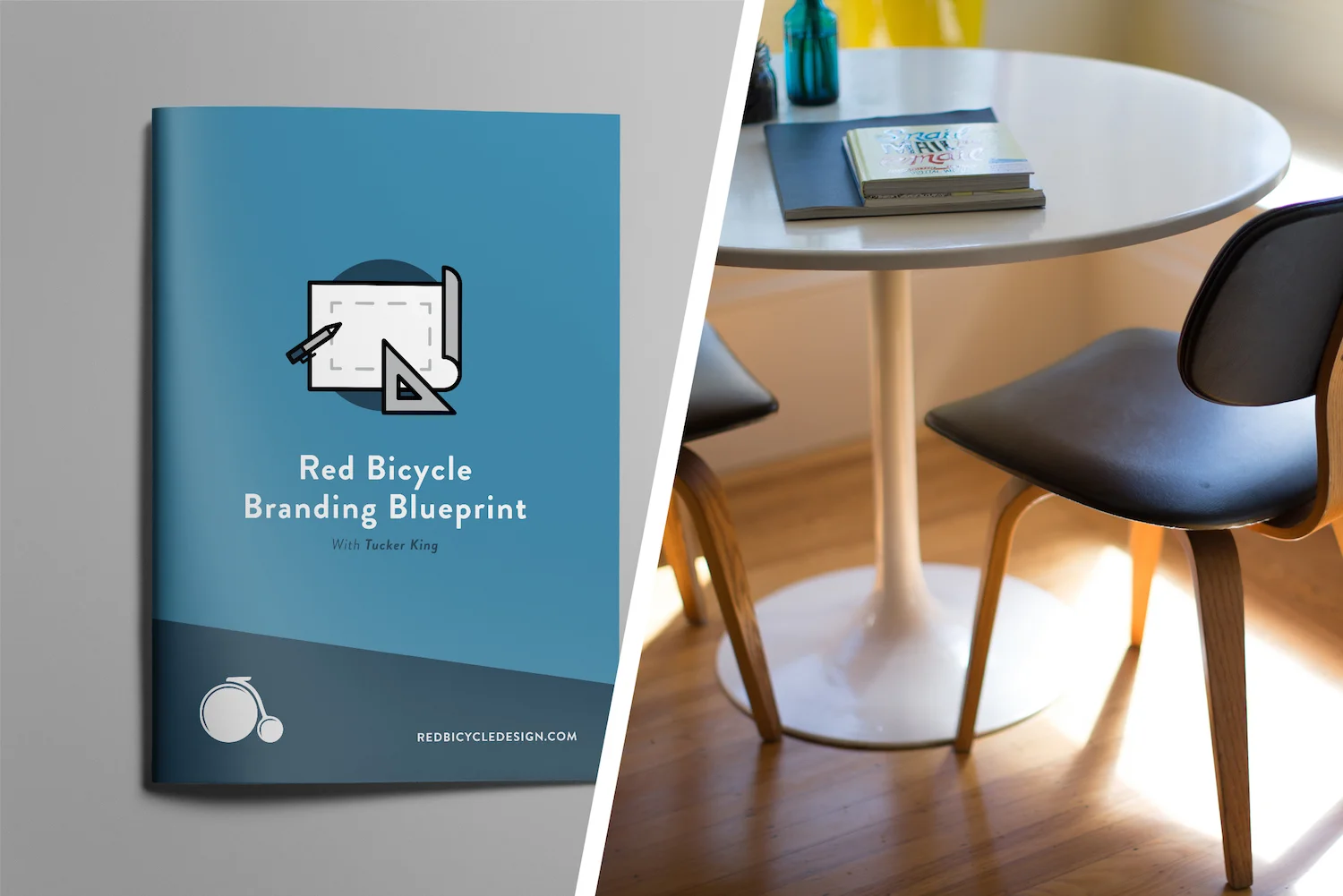5 Mistakes I Made Early On in Business
As the saying goes, we all have to start somewhere. Wherever that was for you, odds are there are plenty of things you would do differently if you were to start your business all over again.
Today we’ll take a look at five of the most common mistakes I made when I first started out and how I’d change them. Do some of these sound familiar?
1. How I answered “What do you do?”
If you've ever met another person, it's likely that you've been asked, "What do you do?" For many people, the answer that follows is some version of a bulleted list of what they sell, which is often boring and doesn't truly answer the question. I fell into this trap often when I first started out.
I was worried that if I didn't mention that I also design brochures and logos and social media graphics and... then I would miss the person in the room who needed one of those things.
But, the truth is, no one is going to be convinced to buy from you simply because you mentioned a product or service they might need. People don't buy things simply because someone is selling it. It takes some level of trust for them cross that line.
What changed:
Rather than listing my services, I've learned to focus my answer on how I will make their life better. And even through this benefit is provided through my products and services, this subtle change makes all the difference in how people engage and respond.
RELATED: 3 Steps to a Failproof Elevator Pitch
2. Talking to the wrong audience
When I initially put together my website, I noticed that a lot of other designers out there had blogs directed toward the design community. So, being new to the game, my first blog posts were on things like basic design principles, new design trends and using design in business.
I came to realize these topics weren't engaging my target audience. It came across more like I was trying to prove myself to other designers rather than being a valuable resource for the business leaders that I actually wanted to engage with.
What changed:
My audience, the people who actually hire me, are not designers and artists, they are business people like you! I spent some time defining my audience, and then directed all the content I created to be valuable for them.
3. Spending more money than time on marketing
It’s easy to hire a marketing company or throw money at boosting posts on social media. But, this can often take a long time and a large budget to start seeing results. For Red Bicycle, as with most small, local businesses, waiting months for results and spending tons of money is often a hard pill to take.
Rather than just forking over money to marketers and social media platforms, investing yourself in local connections can go a long way.
What changed:
Even though it does take an investment of personal time, I quickly found that building valuable connections and referral partners would grow my business more effectively than anything else. Finding a referral group where I could get to know people face-to-face and build real trust brought in a flood of solid referrals and warm leads that digital marketing just couldn't.
4. Trying to do everything for everyone
When any business first starts, there's always some underlying fear that it won't make it off the launch pad. Though some of this fear can be a good motivator, it can also lead to saying 'yes' to everything. Early on I found myself taking on almost anything, thinking I could always learn how to make it work even if it didn’t fit my specialty.
But people don't want a generalist who's just average at certain tasks. Branding and logo design has always been where I thrive, and I quickly found that everything else I was spending my time working on what watering down my business. People want to hire and tell others about the expert.
What changed:
So, I chose a niche and decided to own it. You'll still get requests for things outside your focus, but once you've established yourself as an expert you can confidently refer other requests to a trusted colleague.
5. Starting each day with a to-do list
When running a business, we wear a lot of hats and can have a seemingly endless list of to-do's. Today I'm a blog writer, bookkeeper, designer, salesman, brand consultant and on and on. In the early days, it was a normal practice for me to keep one big list of all these things so I could cross them off one by one.
It can feel good to cross something off your list, but when we have such a long list of tasks, we will naturally select the easiest, quickest or most urgent things to do. Before we know it, things like responding to a quick email, doing smaller projects or putting out another fire take up the bulk of our day.
But those are not the things that will grow your business. We can't just forget the small things, but I've found a much more effective and efficient way to structure my day.
What changed:
Rather than scanning a list of 20 - 30+ things that I need to get done, each day I start with the goal of completing one or two main things that will actually move my business forward. Whether it's a working on a large project or developing a new product, even when the distractions and urgent needs come up, I know my business is still moving forward.

